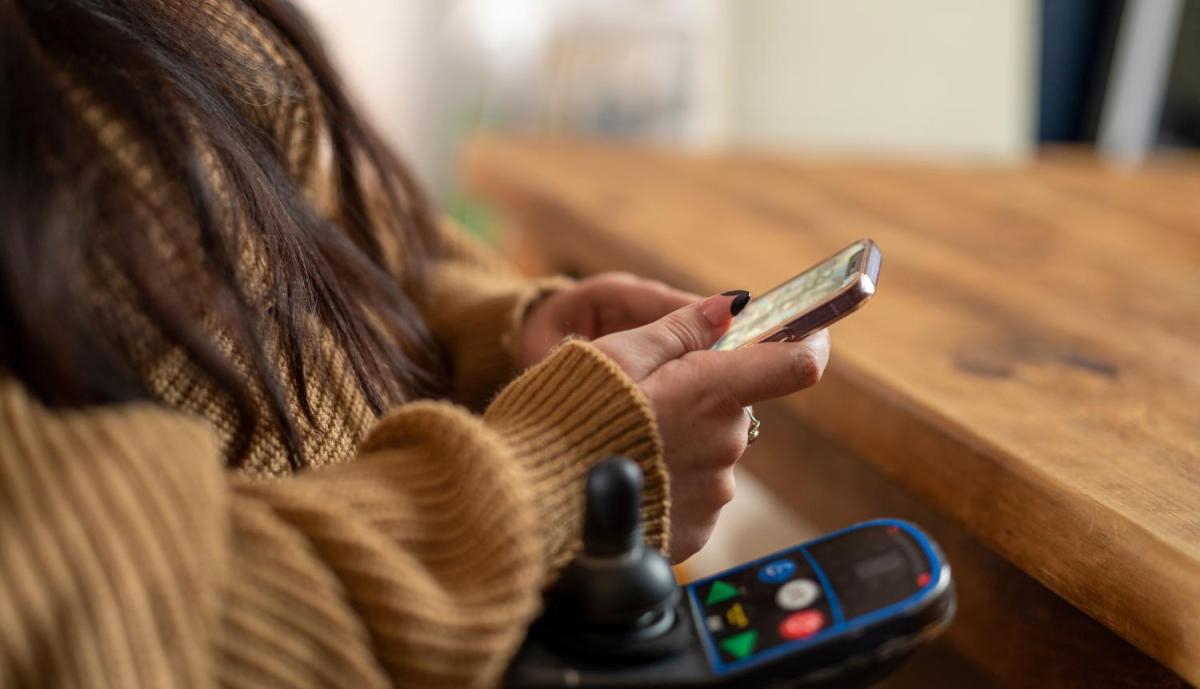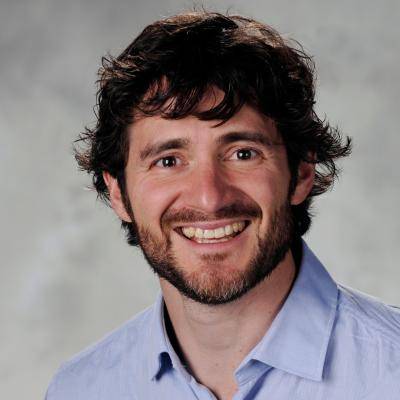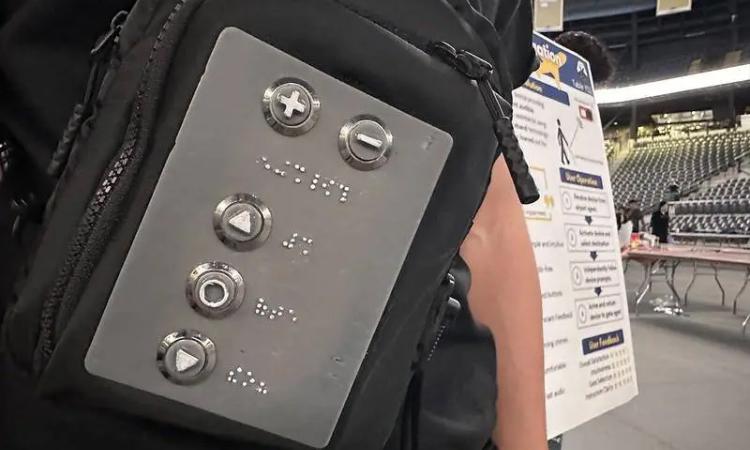
Navigating unfamiliar indoor spaces is a daunting task for persons with disabilities (PWDs). Blind or low-vision users can’t rely on signage, while those with mobility impairments struggle to find accessible routes. Cognitive impairments add another layer of difficulty in forming mental maps. These obstacles not only cause anxiety but also limit social and economic participation.
To address these challenges, Professor Patricio Vela from the Georgia Tech School of Electrical and Computer Engineering will be leading the creation of accessibility enriched maps and routing information component of the recently announced Mapping for Accessibility in Built Environments project, or MABLE.
“Normal indoor maps are not enough; they lack the detailed information and personalization needed by persons with disabilities,” Vela said. “Creating these enriched maps is a complex task, and the only way to scale effectively is through automation. Our role in the MABLE project is to provide the underlying algorithms to achieve this.”
The initiative aims to improve accessibility for PWDs by providing digital maps of indoor environments. These maps will feature an interface for assessing, planning, and navigating spaces based on the user’s capabilities. Users can also augment the maps with their experiences and observations.
Led by Vinod Namboodiri of Lehigh University, the MABLE project is a collaborative effort involving partners from academia, non-profit organizations, private industry, and healthcare. The diverse team includes five universities: Lehigh, Georgia Tech, Kansas State, Wichita State, and Florida Atlantic.
Supported by the National Science Foundation’s (NSF) Convergence Accelerator, which addresses national-scale societal challenges through multidisciplinary research and innovation, MABLE falls under Track H: Enhancing Opportunities for Persons with Disabilities.
(text and background only visible when logged in)
“The team is quite diverse and well representative of the populations we envision as being MABLE power users,” Vela said. “It has provided tremendous insights into what accessibility means, what key indoor features are essential, and how to translate these insights into meaningful routing instructions. We’ve discovered that personalization is key, as some groups have conflicting preferences.”
Achieving both scalability and accessibility in indoor maps is challenging. Companies focusing on scalable mapping often lack the richness and personalization needed for the maps address accessibility. Conversely, those emphasizing detailed mapping with accessibility considerations may not scale efficiently.
MABLE looks to leverage advances in AI, building modeling, robotics, AR/VR visual scene reasoning, and low-power consumer electronics to overcome these challenges. The project extracts most accessibility-related information from floor plans using deep-learning augmented image-processing algorithms. Missing information can be supplemented through robot mapping, surveying, and user contributions.
“This process will also automatically generate routing information, making navigation easier and more accessible for everyone,” Vela said.
Phase two of the award will develop prototypes over the next three years, starting with Lehigh’s Health, Science and Technology Building. An app and web version are being developed, and additional prototypes are planned nationwide. In the third year, the focus will shift to high-visibility locations, including the Smithsonian museums in D.C.
Read the press release from Lehigh University on the MABLE project.
Related Articles
MagTrack Technology Opens Doors for Independent Operation of Smartphones, Computers, and Other Devices for Wheelchair Users
The collaboration between the Brooks and Georgia Tech teams has created a path to a first-of-its-kind, innovative application for individuals living with disabilities.
Mobility Innovation Shines as ECE Interdisciplinary Teams Take Top Prizes at Spring Capstone Design Expo
Navigating a bustling airport can be a daunting challenge for visually impaired individuals, but Seekr, an interdisciplinary team of students, believes it has created a viable solution to the challenge.
(text and background only visible when logged in)

